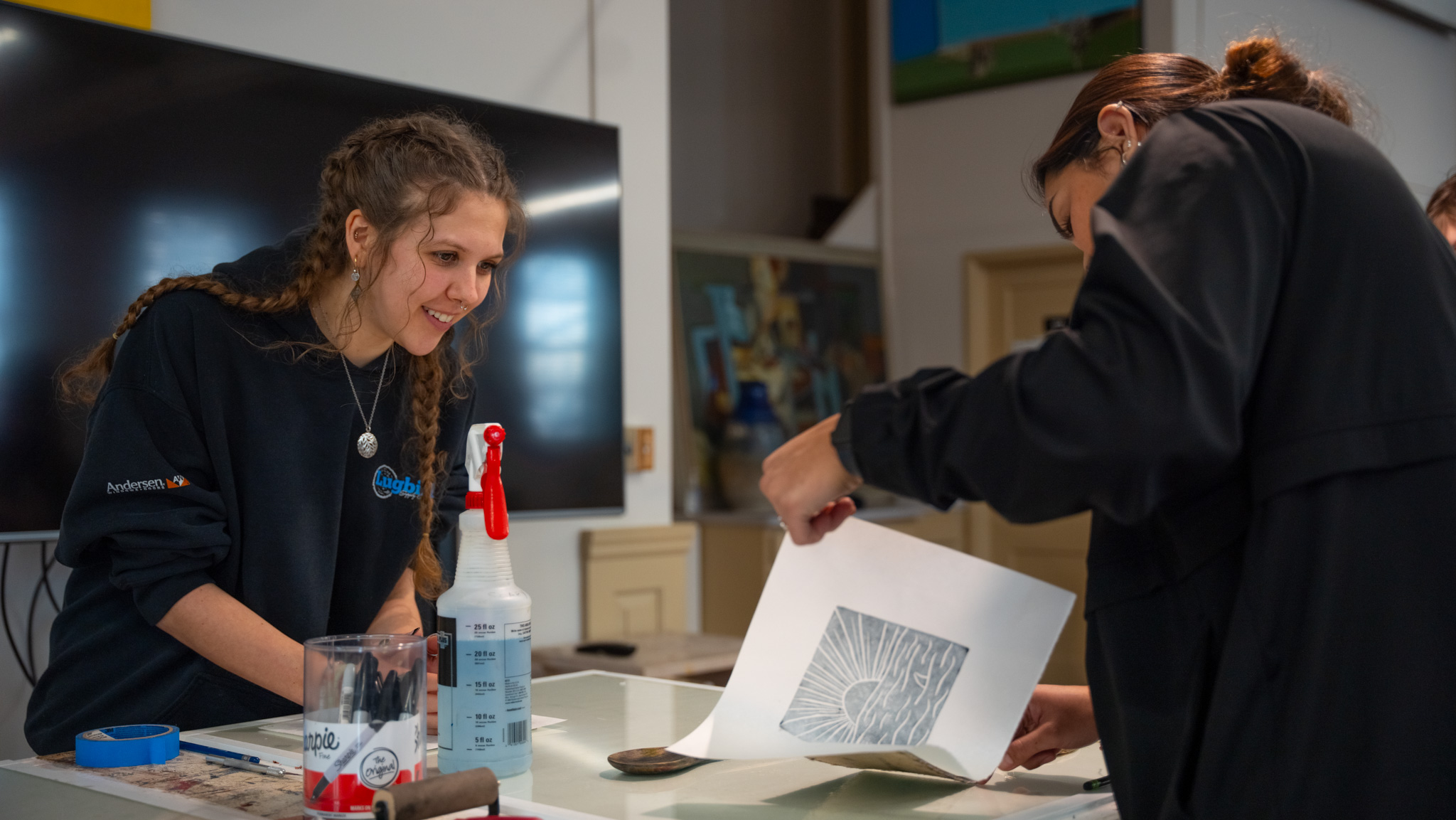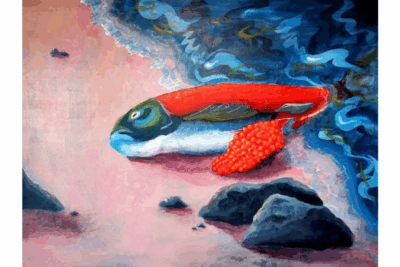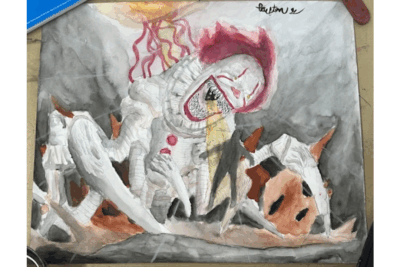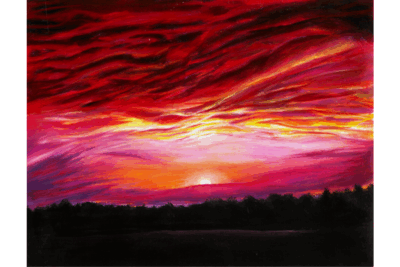Have you ever wondered about printmaking? Or about what that word even means? Well, at Goshen College we have a printmaking professional walking among us. Her name is Sara Method, assistant professor of art and chair of the department, and on Mondays, Wednesdays, and Fridays from 1-2:50 p.m., she teaches a 3-credit arts class about, you guessed it, printmaking.
Printmaking 1 is a class that follows a curriculum entailing “a variety of techniques following what I learned as a student in undergrad and grad school, what I have developed in my experience of teaching and in my own practice as a printmaker,” Method said.In this class you can expect to learn about primarily relief printing, intaglio and monoprinting techniques, whereas the higher level courses Printmaking 2 and Advanced Printmaking classes teach about processes such as reduction relief printing, woodcuts, letterpress and book forms.
Method’s general working definition is that “Printmaking involves transferring an image from one surface to another.” Within all of the many types of printmaking, there are certain criteria you can expect to follow.
“So in a typical class, expect to take a lot of notes on process, sketching of ideas, physical manipulation of surfaces and lots of ink,” Method said.
All this ink and carving material creates quite a mess, so “clean up takes quite a while at the end of class,” she added.
While it is hard to define a “typical” class day in any art class, with students being in different places within a project, Method details out how the class may look as a whole from day-to-day:
“Our studio classes are usually two hours long,” she said, “so we start with some instruction and demonstration of techniques. Then the students have time in class to work on the projects. We are currently in our second relief printing project, so students are carving their images into linoleum blocks, some are hand-printing and testing their designs, and others are working on refining their images and printing techniques.
According to Kat Columna, a junior art major, Method gives the students a prompt to work on for their own projects.
Once students get into a project, everybody works at their own pace on each individual piece. The space is collaborative, so everyone helps each other, and Method is there to provide any necessary guidance.
Columna said that printmaking is different from other art classes, where students can work outside. “There is more of a need to be in the studio,” she said.
Method works to make that studio experience more accessible in a home studio context, “so students who fall in love with the medium are able to continue making art after graduation.”
Printmaking comes with its own unique challenges while carving the print itself. Columna said, “Your hand might slip, and you can’t erase it.”
Another interesting aspect that Method described is that the image prints in reverse once a piece is done, so artists have to plan accordingly. She said, “I find it helps to have an open mind and adapt to unexpected surprises in the process of printing.”
Maybe you’re unsure about how this class might fit into your major or your interests. Method mentions many historical instances of printmaking as an activism and social justice tool across the world such as “Justseeds, a printmaking collective of contemporary printmakers,” and Taller de Grafica Popular, who used print to engage in 20th century progressive politics in Mexico.
As with many classes at GC, printmaking could have connections in places you never considered.
Still feeling unsure of a new life goal of professional printmaking? Here is what Professor Method believes attracts the majority of the students who take her printmaking classes: “My favorite part of printmaking is the ability to play. I enjoy combining techniques, having repeatable elements and playing with color and texture.”
With reporting by Ana Alves Machado and Josiah Miller



